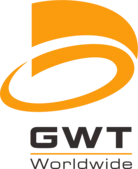GWT Worldwide can help you sharpen your customs clearance routine and streamline the customs clearance process . Having freight forwarding services means that goods are handled quickly, in compliance with all necessary rules and at a reasonable price.
Enhanced Title Suggestions
- GWT Worldwide provides professional support to help with Customs Clearance.
- Fast and dependable clearance of goods through Customs Duties Services is available for your business.
- The Complete Guide to Getting Goods through Custom Deals with Simplified Logistics
Company Background: GWT Worldwide

About Shenzhen Guanwutong International Freight Forwarding Co., Ltd.
With GWT Worldwide, businesses can rely on a leader in logistics to easily overcome challenges in global freight and international trade. We have our head office in Shenzhen, the hub for logistics in China, where we focus on complete supply chain support and advanced international e-commerce logistics.
Our Global Reach & Expertise
With a strong base in China and worldwide market, GWT Worldwide has earned a good reputation for reliable logistics services.
- Reliable – The performance stays the same in every service channel
- Cost-effective – Made affordable through careful planning The price is lowered without affecting the quality
- Customized – Businesses of all sizes benefit from solutions that are designed exclusively for them
Comprehensive Service Portfolio
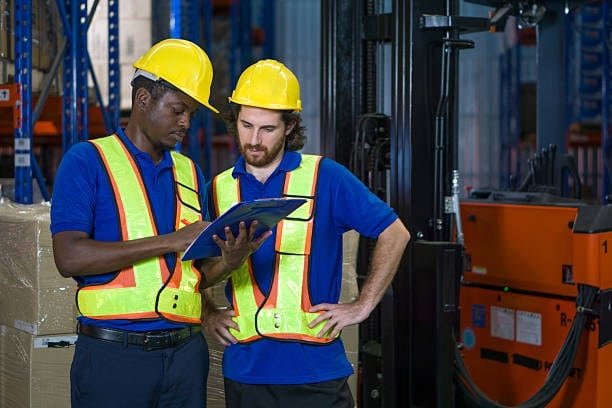
Core Logistics Services:
- Air Freight & Sea Freight – Important logistics services are provided by the Core Logistics department.
- China–Europe Railway Transport – For Shipments by air and by sea, Multi-modal Transportation Solutions.
- International Express & Courier Solutions – Overland shipping between China and Europe is made easy by efficient routes from the China–Europe Railway.
- Customs Clearance & Warehousing – Fast delivery services within the international courier & express sector
- Amazon FBA Shipping & Labeling Support – My service covers duty clearance and warehousing.
Our Commitment to Excellence
We at GWT Worldwide put strong emphasis on these three main principles:
Efficiency – Because of this, your products reach their destination faster, you can always track your shipments and your needs are always addressed.
Technology-Driven Solutions
With the help of advanced systems and working closely with various international partners, we secure your goods’ transportation.
- Safely – Protection and safe management of personal data
- Quickly – The use of optimized routes for accelerated service
- Compliantly – Complying with all of the requirements of international trade regulations
Your Trusted Logistics Partner
If you are a small business that needs help abroad or a large company, GWT Worldwide has you covered as your partner in global logistics.
Get the opportunity to cooperate with a logistics provider who recognizes what your business needs and delivers the results you require.
What is Custom Duty Clearance and Why It Matters
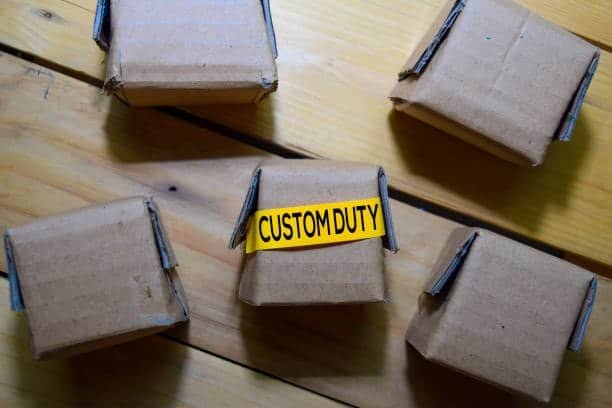
All imported products have to clear customs duty before they are legally allowed into a country’s local market. As a part of this process, authorities investigate, review and accept shipments to make sure they match the country’s rules and policies for trading. The process guides importers in paying duties and taxes, and other fees for the goods they bring in as they depend on the goods’ nature, value and country of origin.
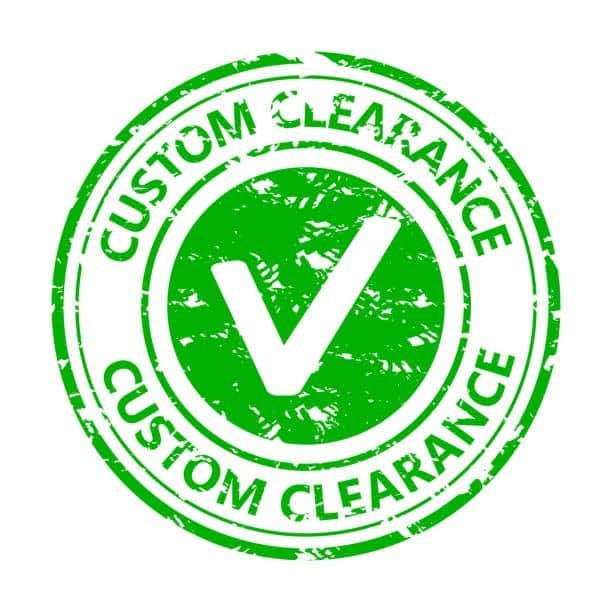
If a business involved in international trade doesn’t know about customs, it could be held back by late shipments, financial setbacks and legal issues. It is needed to gather government income, shield domestic companies from overseas competition, apply trade terms and support security measures in the country. Today, customs procedures, including import duties, are designed to help with trade while also meeting regulations which is why clearance is important for successful global trade.
Understanding the Custom Duty Clearance Process Step by Step
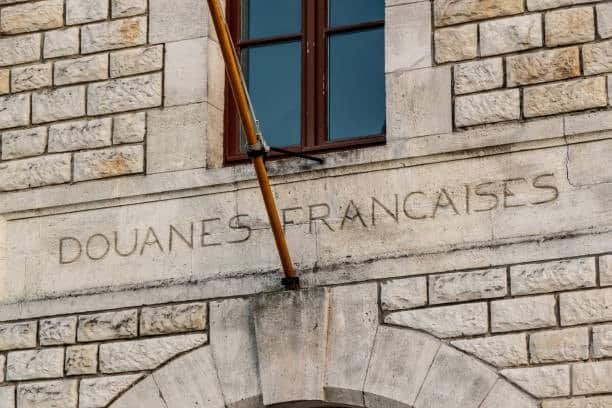
The procedure for paying custom duties starts even before the delivery of goods to their destination. Any importer should have complete documentation including commercial invoices, packing lists, bills of lading and import licenses when they are required. As soon as they reach the country, customs authorities check every shipment using risk assessment and then decide what needs to be checked further or can pass through without extra steps.
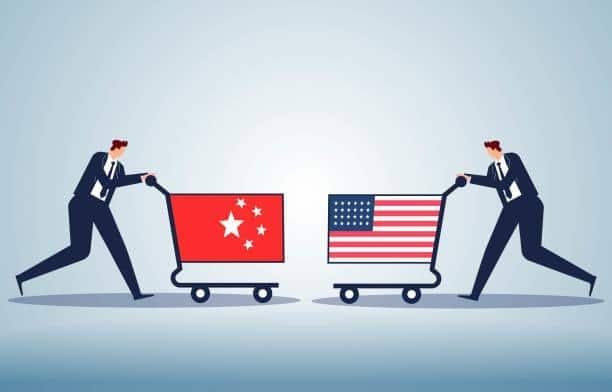
In most cases, clearance workflow covers checking the documents, determining the duties according to special codes, handling payments and releasing the goods for use. The use of automated systems for simple shipments has allowed custom officials to clear legitimate trader’s goods far more quickly. Even so, some shipments that are considered risky or picked randomly can face more detailed inspections, laboratory testing or extra document checks which can take days instead of hours.
Essential Documents Required for Smooth Custom Clearance

Getting customs approval is mainly based on providing correct and complete information to the customs officer . The basic documents are the commercial invoice which has the transaction amount, a list of goods and the way they are to be sold. A bill of lading or an airway bill shows who is shipping the goods and who owns them and packing lists include all the information about the contents and way the goods are packed.
Further papers may show certificates of origin to quality for preferential trade duties, import licenses for goods subject to regulations, health certificates for food and agricultural items and safety certificates for manufactured goods. With electronic systems, documents can be sent online and the processing takes less time. Import businesses should keep good records and double check that all documents are real, since customs services have technology that will spot falsified or edited papers.
How Custom Duty Rates Are Calculated and Applied
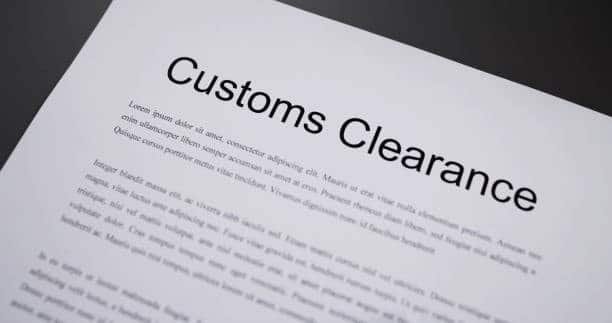
There are many aspects in calculating duties, like the goods category under the Harmonized System, the shipment’s declared worth and the duty rate that matches the particular category and where it was produced. In most places, import taxes are ad valorem duties based on a percentage of the value of goods which usually includes their cost and fees for insurance and shipment to the country’s port.
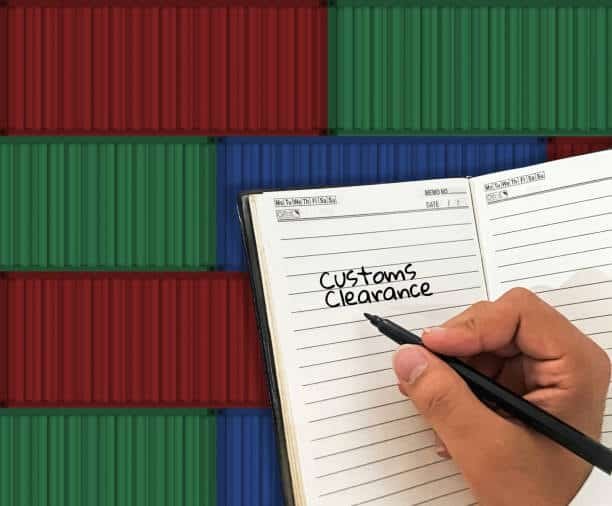
In some situations, particular duties will depend on how much your goods weigh or occupy space instead of being determined by their value. Goods coming from nations with friendly trade ties may be supported by preferential duty rates which could mean paying less or no taxes on them. These measures involve imposing duties on certain products imported from certain foreign countries in order to aid the local industry. Before trading, importers need to check the duty rates and review how these costs may influence their pricing and their profit levels.
Common Challenges and How to Overcome Them
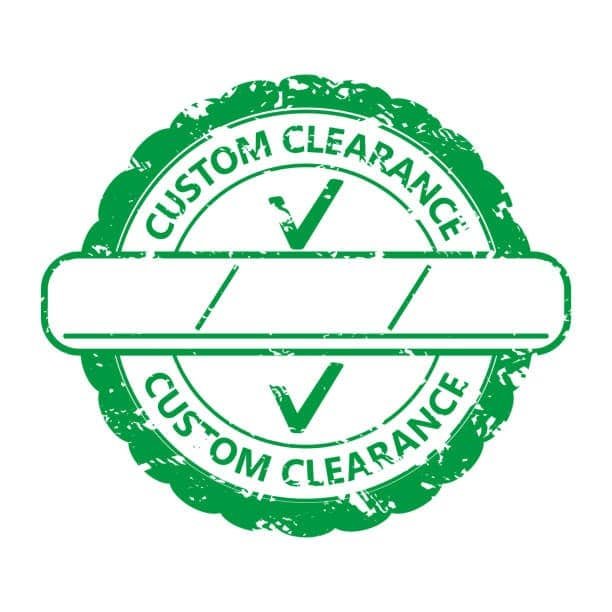
Dealing with import clearance often means facing hurdles that may slower the delivery and make the shipment more expensive. Misclassified products under the Harmonized System often result in disagreements with customs officials and might cause penalties. Differences in value between what an importer says and what customs checks result in often bring about extra attention and delays. Missing paperwork, missing permits or problems with the information can cause goods to be held at the warehouse until they are corrected.
If importers want to overcome these problems, they should research classifications, maintain thorough records and build ties with well-qualified customs brokers. Training regularly and learning about important updates in the laws reduce the chances of committing common errors. Following clear quality guidelines for preparing documents and talking openly with customs officials can greatly help avoid complications and lessen the expenses you might face.
The Role of Customs Brokers in Facilitating Clearance
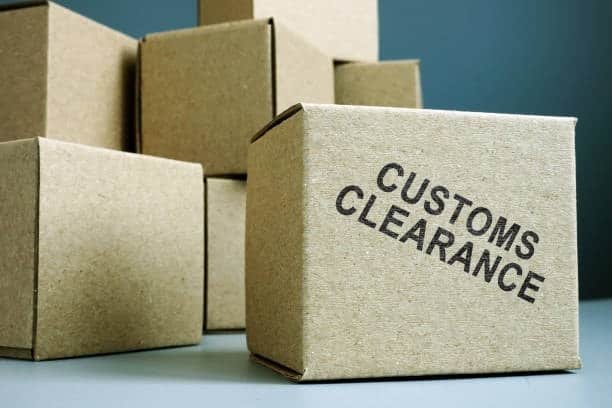
An independent customs broker acts as a link between importing businesses and customs offices, helpfully guiding them through complicated customs formalities. They have detailed knowledge about customs rules, classes for duties and documents that can widely speed up the process of clearance. Instead of the clients, brokers are tasked with filling out important documents, determining the duty amounts and interacting with customs officials.
Other advantages offered by professional customs brokers are strategic solutions for lessening duties, overseeing compliance and optimizing supply chains. They follow up-to-date changes in local regulations and they offer advice on how to respond. A number of brokers provide further support in the form of cargo insurance, freight forwarding and consulting on trade compliance. It is better to assess a customs broker’s knowledge of your goods, expertise in your country of shipment and service before simply looking at the cost.
Technology and Automation in Modern Customs Operations
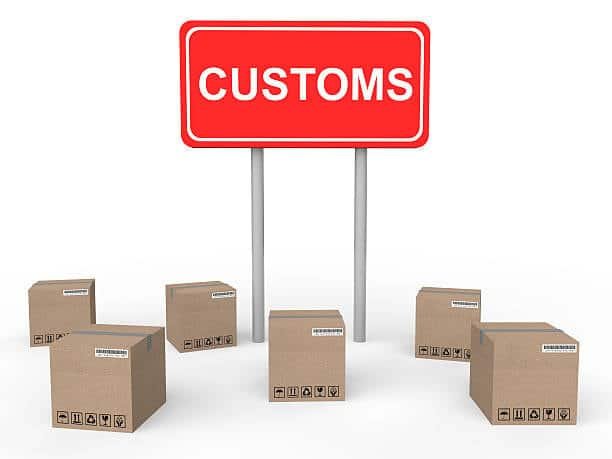
Advanced technology software is now being used in customs operations to improve their speed, precision and protection. Operations systems use algorithms to prioritize low-risk goods, leaving high-risk pieces of cargo for further review. Using electronic systems, there is no need for paperwork and everyone can view status updates while the trade is cleared.
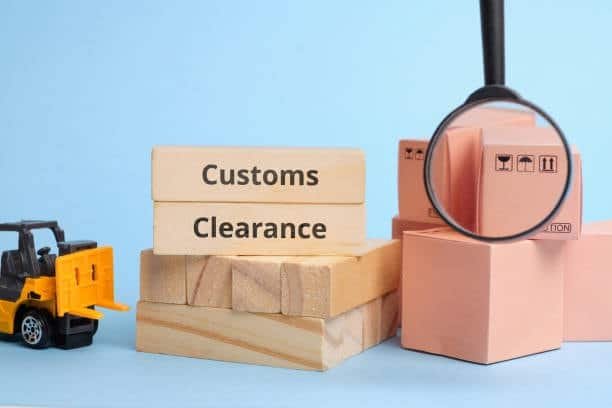
By using AI and machine learning, customs authorities are better able to identify signs of wrongdoing than they could with traditional methods of inspection alone. People are now looking into using blockchain for safe records and better visibility in the supply chain. Advancements made possible by technology shorten the waiting period for importers, reduce how much paperwork is needed and help them predict the next steps in customs. Still, it is necessary for importers to record their imports accurately in electronic files and respect the data standards required international trade laws.
Import Regulations and Compliance Requirements
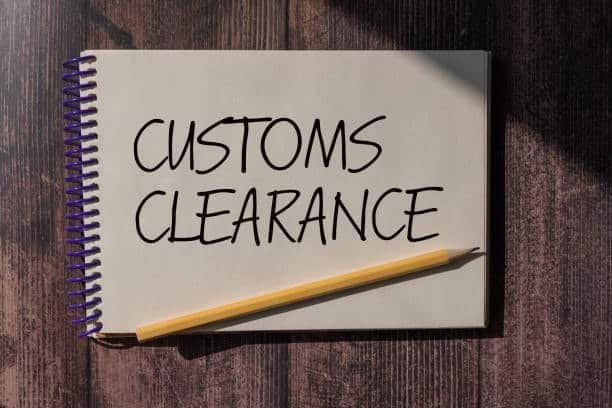
Import regulations cover not only duty payments but also safety issues, the needs of the environment, protecting intellectual property rights and obeying sanctions on trade. Various goods must get certifications or approvals from the appropriate government agencies first, before they can be cleared by customs. To be approved, food and drug products usually require health authority approval, whereas electronic items often must have certificates proving their electromagnetic compatibility.
Importing products from Asian, American, and European countries requires conducting research on the rules in the countries you plan to send them to. Regulations in this sector change from time to time because of safety issues, disagreements in trade or changes in government policy. Importers are expected to keep track of new regulations and obey them at all times. Failing to comply may cause your products to be suspended, fines to be issued and you may be restricted from bringing in future goods international trade.
Expedited Clearance Programs and Trusted Trader Benefits
Several nations offer fast-track clearance options to reliable and low-risk importers. In the United States, the Customs-Trade Partnership Against Terrorism (C-TPAT) lowers the chances for inspection, grants priority at customs and offers more support to its clients, whereas the Authorized Economic Operator (AEO) programs provide the same benefits for companies in the European Union, all within strict customs regulations clearance process . In some Asian Countries, like Pakistan has an expedited clearance to prevent costly delays
Most of the time, fitting into these schemes calls for showing solid security procedures, proper documentation and compliance over a prolonged timeframe. The process of applying includes reviewing all backgrounds and doing thorough checks of the facilities. Even though meeting the initial requirements is tough, people who are approved in AEO benefit from less waiting, fewer required inspections and better protection of goods along the supply chain. The programs are a result of collaboration between customs and importers to allow easy trade and preserve high security customs brokerage firm.
Cost Management Strategies for Custom Duty Clearance

The best way to control costs at customs is to know all the required fees and plan out your actions to save on everything required. Direct expenses are utilities, fees and taxes and the indirect costs consist of ground handling fees, unloading prices and what is gained from an on-time delivery. Importers are advised to consider every possible expense and include them in their prices using thorough cost estimates international shipping.
Efficient ways to decrease costs involve shipping at slower times, combining crops in one shipment to enjoy reduced costs and considering duty-free or reduced-duty programs such as foreign trade zones or import programs that last for a certain period. Several importers advantage from duty deferral plans which assist in scheduling payments to help manage money more efficiently delivered duty paid. Regular checking of clearance costs and performance data shows opportunities to enhance results and judge if cost-cutting plans are working well customs authority.
International Trade Agreements and Their Impact on Duties
Through international trade agreements, the preferred goods between member countries enjoy better customs procedures and cheaper duty rates customs clearance takes. Under a free trade agreement, there may be no taxes on goods that match the designated criteria and multilateral deals define the same rules and processes for all exporting countries.
When making use of trade agreement benefits, it is necessary to follow the necessary rules and overlook documents. Certain requirements about how a product is manufactured, where its materials are sourced and what extra features it includes are needed for preferential treatment. There are situations in which the origin rules allow goods from many member countries to add up and count as local content. Importers need to review the relevant trade agreements often and see how they can make their supply chain better to take advantage of available opportunities taxes and duties.
Future Trends in Custom Duty Clearance and Trade Facilitation
Technology progress, updating security needs and adjusting patterns of trade are impacting the future of custom duty clearance. AI and predictive analytics can make risk checks more thorough while decisions at the borders can be automated. By using blockchain technology, companies can expect more secure and clear records in their supply chain processes which might lead to fewer fraud cases and better performance international shipment.
More attention is being given to the environment in customs procedures, as evaluating carbon emissions and requiring sustainable certificates is now part of most clearance processes customs fees. These projects try to make international trade more convenient by avoiding paperwork and speeding up and cutting down on costs. One more significant trend is the use of single window systems that unite different government agencies’ regulations into one simple process.
Conclusion
To achieve results in the world of international trade, you must understand how to clear customs. Even though the customs process and procedures are often not simple, being organized, getting professional counsel and forming a strategy enable importers to finish clearance requirements without much trouble customs officers. Because trade agreements are growing and technology keeps advancing, it will become more and more valuable for global businesses to have knowledge about clearance procedures international shipments.
